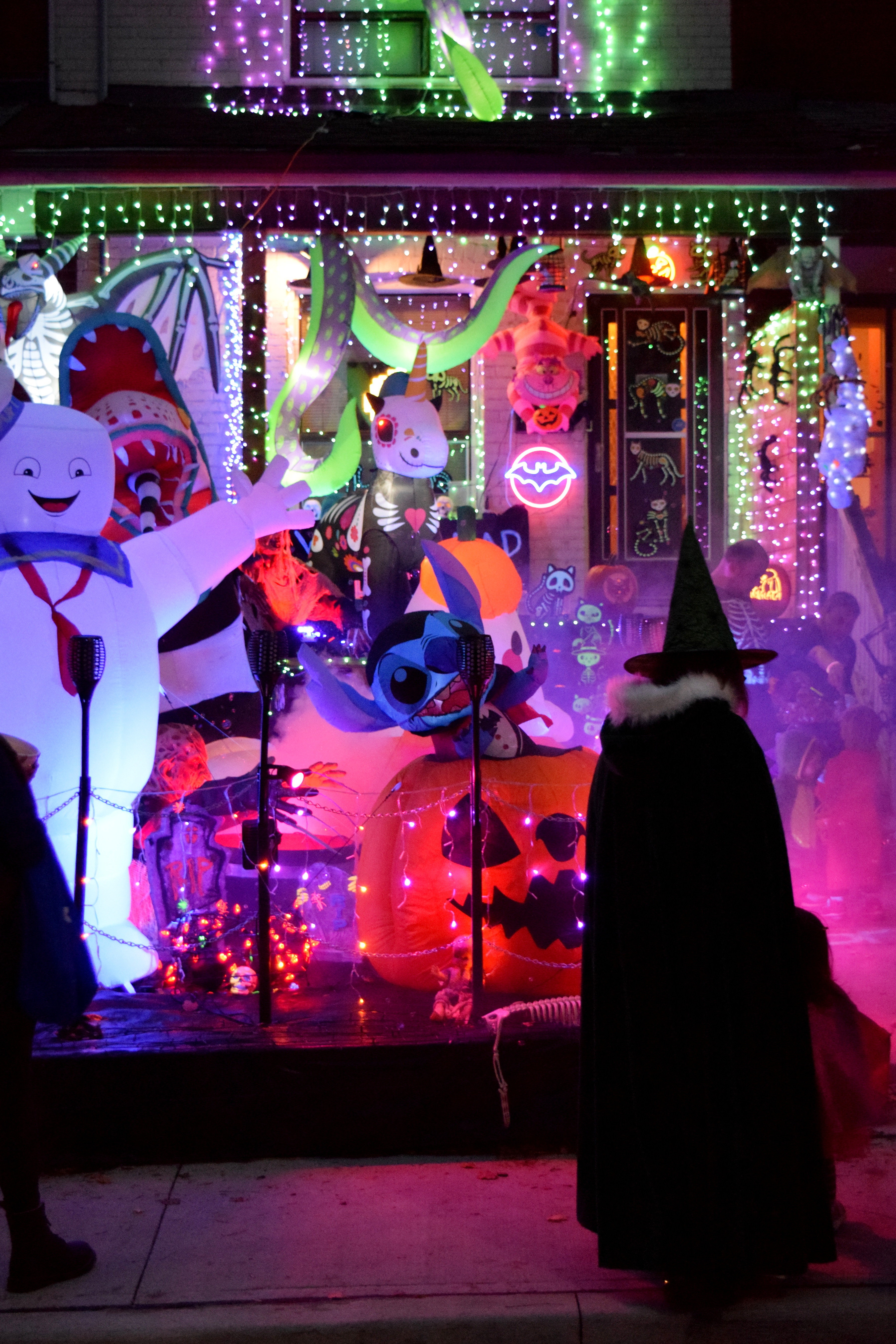Yes, and also a bit like Spanish moss. Took the photo in late October in Ontario, Canada; info which helps narrow down the genus, at least.
huiccewudu
Legally, the question is whether the removal of separated bike lanes in Toronto meets the criteria set by the Supreme Court of Canada, originally in 2002 and again this summer, for legislation that is either clearly unconstitutional or "was passed in bad faith or an abuse of power." Unfortunately, our laws allow the provincial government to interfere in municipal affairs however it wants, even street by street. Toronto does not enjoy the same powers of self-governance as most large cities in the developed world so Ford's decision is neither unconstitutional, nor an abuse of power, at least in the formal legal sense.
If the City of Toronto or a third party sued the province over the removal of bike lanes, in theory the decision would depend on whether Ford acted in 'bad faith', which effectively means that provincial courts will make a subjective claim about the intent of the law/lawmakers. This subjective interpretation of the facts is due to the vague wording of the Supreme Court's decision, which SC Justice Rowe warned against in his 2024 dissent.
However, recent judicial history and the court's piecemeal decision-making suggests that Ford would succeed in court. Only a few years ago, both the Ontario Court of Appeal and SC upheld the provincial government's right to interfere in the city's municipal election and halve the number of city councilors during the election itself. They justified his interference in our local self-governance by noting his constitutional right to do so, ignoring the question of bad faith entirely (much less the legitimacy of our democratic process). There's simply no reason to believe these same justices would rule differently today.
Those of us who support bike lanes must find other ways to address this interference, not from within the system itself.
Spare a thought for the users with accounts who upload content to IA for you to enjoy.
You are correct: the ruling simply affirms the plaintiff's claim against IA.
Any out-of-copyright and non-copyright items, as well as items with permissive terms (e.g., Creative Commons licenses) will still be available on IA. Previously, the plaintiff Hachette offered a deal that IA rejected, in which IA would be allowed to make digital copies of Hachette texts that are either out-of-print titles, or titles for which digital copies have never been produced.
Right now, it's up to Hachette and the other publishers affected in the case whether that offer is still available.
edited: hyphens.
I definitely don’t like the obnoxious copyright system in the USA, but what the IA did seems obviously wrong.
The publisher-plaintiffs did not prove the "obvious wrong" in this case, however US-based courts have a curious standard when it comes to the application of Fair Use doctrine. This case ultimately rested on the fourth, most significantly-weighted Fair Use standard in US-based courts: whether IA's digital lending harmed publisher sales during the 3-month period of unlimited digital lending.
Unfortunately, when it comes to this standard, the publisher-plaintiffs are not required to prove harm, rather only assert that harm has occurred. If they were required to prove harm they'd have to reveal sales figures for the 27 works under consideration--publishers will do anything to conceal this information and US-based courts defer to them. Therefore, IA was required to prove a negative claim--that digital lending did not hurt sales--without access to the empirical data (which in other legal contexts is shared during the discovery phase) required to prove this claim. IA offered the next best argument (see pp. 44-62 of the case document to check for yourself), but the data was deemed insufficient by the court.
In other words, on the most important test of Fair Use doctrine, which this entire case ultimately pivoted upon, IA was expected to defend itself with one arm tied behind its back. That's not 'fair' and the publishers did not prove 'obvious' harm, but the US-based courts are increasingly uninterested in these things.
edited: page numbers on linked court document.
What an experience!
The F-22 impressed us. In this photo, it is flying over the lake, which when compared to objects in the foreground shows how big it is. In the second photo, it flew vertically upward, was suspended for a moment to light off two flares, and briefly dropped line a stone before pulling out again. Dramatic stuff. These redditors have a bit more context on the significance of it flying here.
We were inspired by your recent photos. We'll post more.

Also: that's a hammered shield lichen (Parmelia sulcata) in the bottom-left corner.